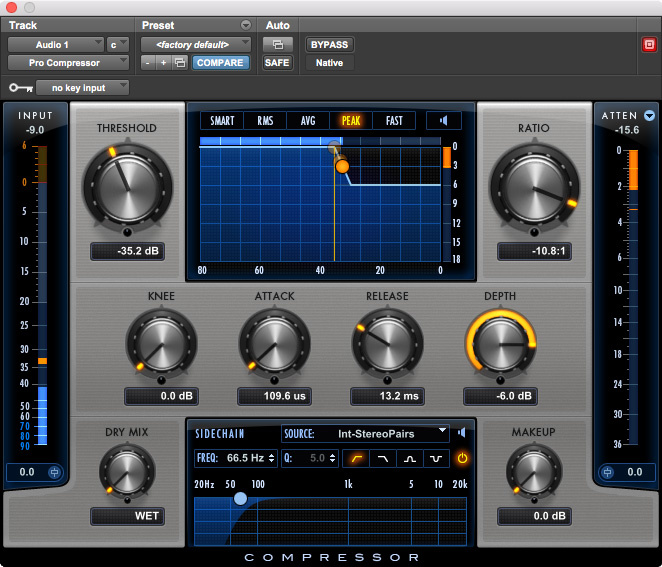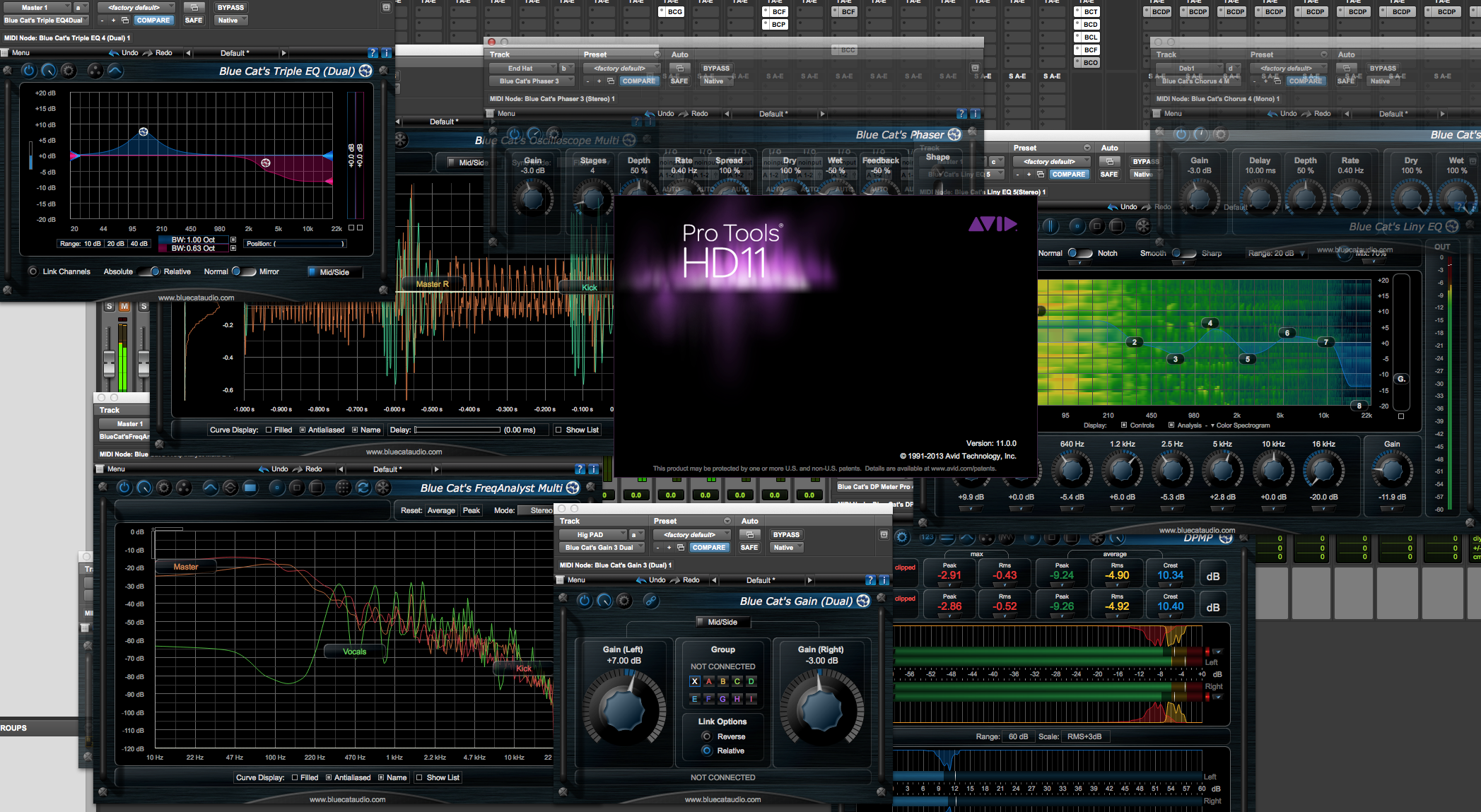

To set a Default EQ, or Dynamics plugin, go to the 'Mixing' tab in Preferences
Pro tools plugins pro#
This setting is the most widely used by Pro Tools users as it is the most convenient for finding the correct plug-in efficiently.Īlong with these display preferences, Pro Tools allows you to set a Default EQ, and Dynamics plugin which shows up at the top of the plugin menu. This is the best of both worlds, with the top-half of the list being organized by ' Category' and the bottom-half being the 'Manufacturer' list. The plug-ins are organized alphabetically, making it hard at times to distinguish what type of processor they are.ĥ) The final, and most used, option is ' Category and Manufacturer'. While this can be useful for certain plug-ins that are hard to find, it can also be a challenge. All plugin will be grouped together under the McDSP section. This can be useful when you need a particular plug-in made by, for example, McDSP. This option shows the names of manufacturer followed by all the plug-ins made by the manufacturer. It allows for easy compartmentalization of processors based of what 'Category' they fall in, helping the engineer stay organized.Ĥ) The next option available is to organize via 'Manufacturer'. This management flow is very similar to the way analog studios were laid out, all EQ's together, dynamic processors together, fx processors together, etc. This is the default setting in Pro tools which organizes plug-ins based on what type it is, EQ, Dynamics, Pitch Shift, Reverb, Delay, etc. For people that have a lot of plug-ins this organizational method can actually cost time and frustration.ģ) The second option under the drop menu is the 'Category'.

This will force to scroll down to find a particular plug-in and that process can take away valuable time in the production process. We see this preference used very rarely due to how long the list can be top to bottom. This option is useful when searching for plug-ins in alphabetical order, regardless of what "type" of plug-in it is. Pro Tools will organize and displays your Plug-ins base on the selection you choose in this drop down menu.Ģ) The first option under the drop menu is the Flat list. When selecting the drop menu, you will notice that Pro Tools organizes plugins in four different categories: Flat List, Category, Manufacture and both Category and Manufacture combine. In the area labeled 'Basics' you will notice the option: 'Organize Plug-In Menus By'. You can find Preferences under the 'Pro Tools' and 'Setup' menu.ġ) Once inside the 'Preferences', click on the 'Display' tab at the top left. Go to 'Preferences' in Pro Tools and we’ll explore how this works. To help you gain a better understanding of where to start with plug-in management we will take a look at the different preferences you can set to organize your plug-in list. One of the main caveats of having a lot of plug-ins is that it can lead to less time creating and more time searching for settings.
Pro tools plugins how to#
Understanding how to organize and manage you plug-in library can help you for mixing, music creation, composition, post-production, etc. It's common in today's DAW rich world that you might wind up with a massive collection of plugins.

With the ever increasing number of plug-ins available for Pro Tools, managing your workflow has become a very important reality in modern session work.


 0 kommentar(er)
0 kommentar(er)
